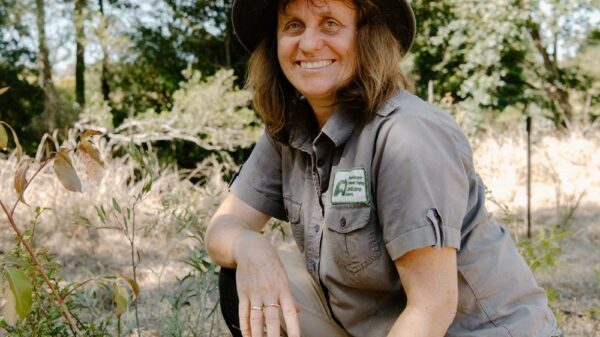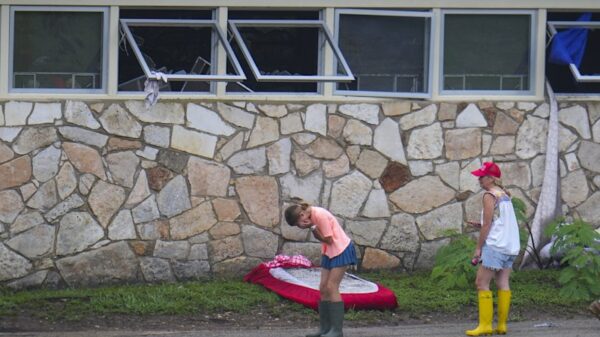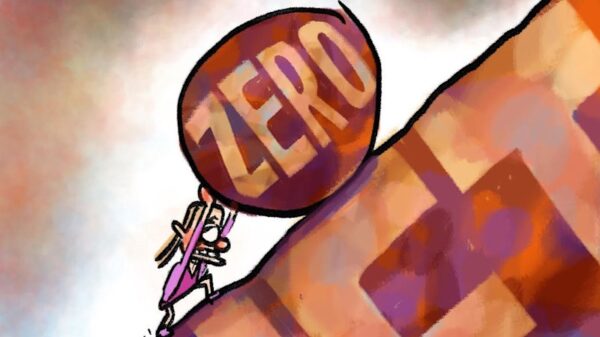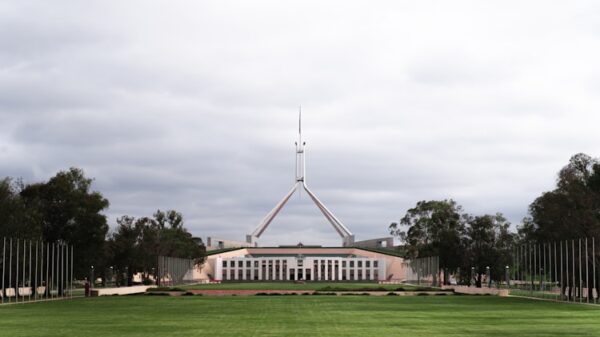Significant strides are being made to tackle the invasive gazania weed, commonly known as the African daisy, which has become a major threat to grain paddocks across Australia. Supported by the Grains Research and Development Corporation (GRDC), recent research aims to understand the spread of this aggressive weed and explore potential chemical control options for affected growers.
Introduced to Australia from South Africa as a resilient garden flower, gazania has adapted well to Australian conditions, particularly in sandy and fragile soils. Its rapid proliferation has raised alarms among farmers, particularly in regions like South Australia’s Eyre and Yorke Peninsulas, where it is now encroaching upon grain crops. The weed has also made significant inroads into the New South Wales Riverina and parts of Western Australia.
Grower Robin Schaefer from Loxton has witnessed the alarming spread of gazanias in the northern Mallee region of South Australia. “It took less than a decade for gazanias to overtake parts of our paddocks, spreading from just one or two domestic gardens,” he stated. Initially, the plants appeared sporadically along roadsides, but over the past several years, their numbers have surged, particularly following heavy rainfall events that facilitated germination during the fallow period.
Dr. Ali Bajwa, a Senior Lecturer in Weed Science and Agronomy at La Trobe University, highlights the challenges posed by gazanias. “These plants are incredibly robust, and traditional weed control methods have proven ineffective,” he explained. Schaefer noted that some farmers have been unable to cultivate crops for two to three years due to the overwhelming presence of gazanias.
The perennial nature of gazania allows it to form dense monocultures, outcompeting both native vegetation and cultivated crops. The plants propagate via underground rhizomes and produce thousands of seeds that are easily dispersed by wind and water. This resilience complicates control efforts, as physical removal often fails, and their waxy leaves hinder herbicide absorption.
In response to these challenges, Dr. Bajwa and his team have conducted extensive surveys across southern Australia to map gazania infestations. Their research, part of the GRDC initiative titled “Gazanias incidence and impact on grain cropping in the southern region,” has involved trials of various herbicides at different growth stages.
Findings indicate that certain knockdown herbicides are effective against young gazania plants at the 2-4 leaf stage. However, control efforts diminish significantly as plants mature, particularly those with more than 10 leaves. Unfortunately, gazanias exhibit natural tolerance to common nonselective herbicides such as glyphosate and paraquat.
Promising results have emerged from trials using herbicides with residual activity. Initial data suggests that specific combinations of Group 4 and Group 14 herbicides may provide effective control. Yet, no herbicide products are currently registered for use against gazanias, necessitating further validation of these findings before recommendations can be made to growers.
In the interim, Dr. Bajwa advises proactive measures for growers, including the removal of gazanias from fencelines and early detection of new incursions into paddocks. Techniques such as digging out and burying or burning individual plants are recommended, along with spot applications of suitable nonselective herbicides for small infestations.
The research team has identified that rotations involving lentils and other legumes may inadvertently facilitate the spread of gazanias. Thus, enhancing weed control in and around these crops is essential. Furthermore, maintaining good farm hygiene when moving machinery or livestock from infested areas can help mitigate seed dispersal.
Urgent action is necessary at a national level, as gazanias are already present near grain production areas in southern, northern, and western Australia. “While we will have more information on effective chemical control through this GRDC investment, grain growers will require a comprehensive integrated weed management strategy to keep gazanias at bay,” Dr. Bajwa emphasized.
The issue of gazanias was raised during GRDC National Grower Network forums in South Australia in early 2023, following the unusually wet season of 2022. In response, WeedSmart Southern Extension Agronomist Chris Davey conducted a social media survey that mapped roadside gazania populations near grain paddocks across Western Australia, South Australia, and Victoria.
Ruth Peek, GRDC Crop Protection Manager for the South, acknowledged the importance of the National Grower Network as a channel for growers to voice their concerns. “Once we were aware of the issue, GRDC partnered with Dr. Bajwa and his team to further investigate gazania management strategies,” she said. “Gazanias have quickly become a significant challenge for farmers in several regions, and Dr. Bajwa’s research is pivotal in shaping our approach to effective control.”
The ongoing collaboration between researchers and growers is expected to yield valuable insights that will guide future investments in managing this invasive species, ensuring that grain producers can protect their crops and maintain productivity.



































































